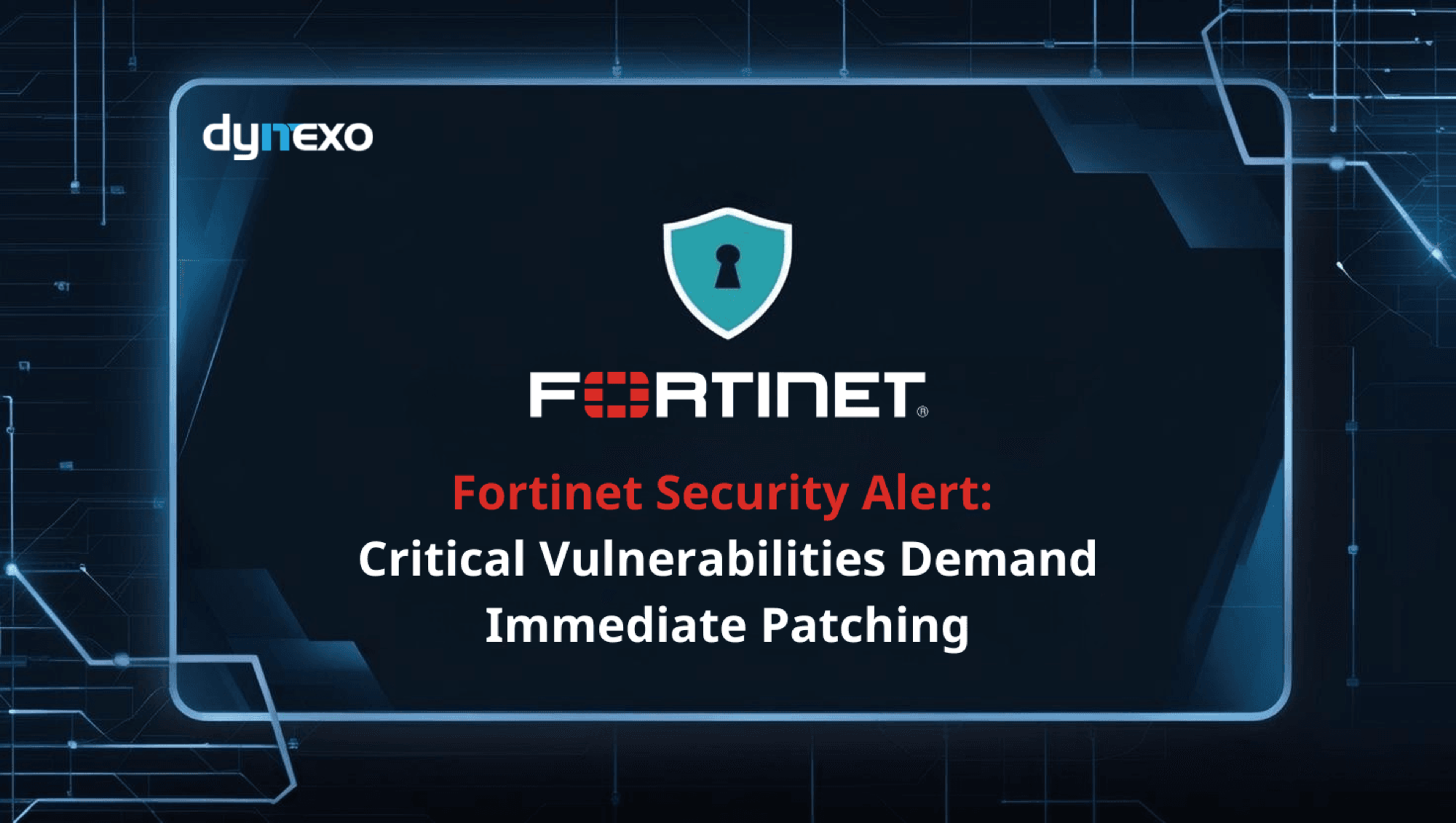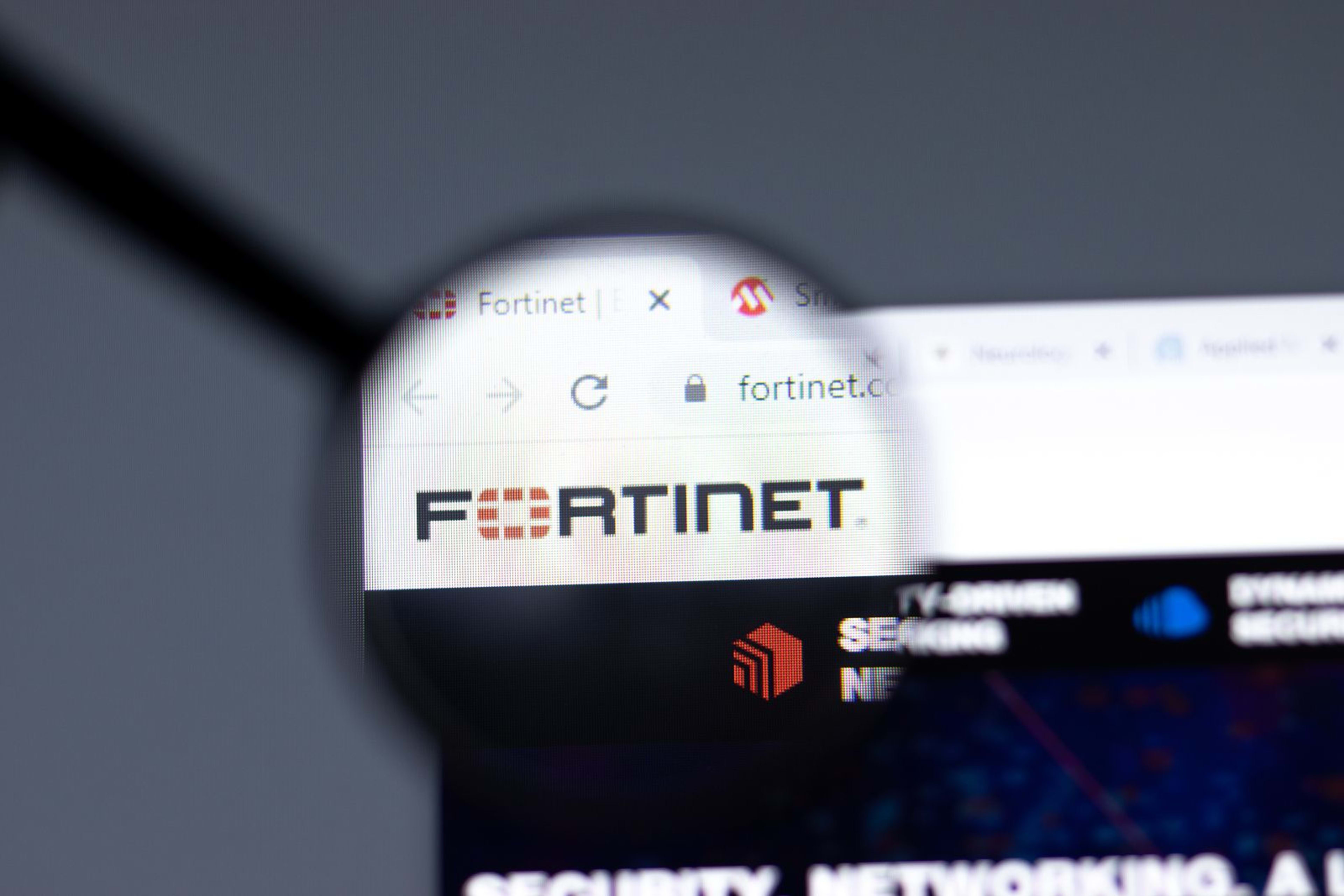Credential-Based Cyberattack Recovery in 7 Steps
Sven Gusek / 21.04.2025
Table Content
Don’t Let Attackers Hunt Your Credentials Like Easter Eggs
Step 1: Detect the Unusual Before It Becomes the Unfixable
Step 2: Triage Like a Pro
Step 3: Isolate the Breach
Step 4: Investigate the Entry Point
Step 5: Communicate Transparently (Even When It Hurts)
Step 6: Recover — With Better Security Than Before
Step 7: Learn. Document. Improve.
Bonus: Scan for Already-Leaked Credentials
Recover from a credential-based cyberattack with these 7 must-do steps, packed with insights and Easter-themed urgency to protect your organization today.
Don’t Let Attackers Hunt Your Credentials Like Easter Eggs
While you're out there hunting chocolate eggs and sharing Easter brunch selfies, cybercriminals are on a hunt, targeting your login credentials like candy in a basket. And unlike Easter eggs, compromised credentials don’t come with sweet surprises—they come with unauthorized access, data theft, and a long road to recovery.
Here's the truth bomb: Credential-based cyberattacks are no longer rare —they're relentless. And if you're reading this after the breach, don't panic — but act fast.
Let’s walk through 7 ultra-specific, expert-backed steps you need to take after a credential-based cyberattack to minimize damage, contain the threat, and bounce back stronger than ever.
Step 1: Detect the Unusual Before It Becomes the Unfixable
Why it matters: Credential-based cyberattacks often slip past traditional security tools. You need behavior-based threat detection that flags anomalies in login patterns, device geolocation, and time of access.
Think like this: If your CFO just "logged in" from Brazil during Easter lunch in Berlin, it’s not divine intervention — it’s an attacker.
Step 2: Triage Like a Pro
What to do:
- Confirm whether the alert is legit
- Identify which users and systems were affected
- Prioritize high-risk assets (admin accounts, financial systems, etc.)
Time is sensitive here — treat it like a medical emergency, not a tech inconvenience. The deeper the access, the bigger the risk—and the harder the cleanup.
Step 3: Isolate the Breach
Cut the attackers off — fast. Unique insight: Treat it like a virus—quarantine first, treat second.
- Disable compromised accounts
- Kill sessions in Active Directory
- Segment the network if needed
Think of this step like hiding the Easter eggs before someone else grabs them all. Except these eggs are your company’s secrets.
Step 4: Investigate the Entry Point
Was it a phishing email? A reused password? An unpatched vulnerability?
Pro Tip: Attackers often move laterally. So check for privilege escalations and backdoors that might’ve been planted post-access. Use logs, EDR, and SIEM data to trace how the attack started and how far it went. No assumptions. Only data.
Step 5: Communicate Transparently (Even When It Hurts)
Nobody likes bad news during a holiday. But silence is scarier than honesty.
- Notify internal teams (IT security, legal, execs)
- Inform affected users
- Prepare messaging that’s clear, concise, and responsible
Step 6: Recover — With Better Security Than Before
- Reset all impacted credentials
- Enable MFA (if not already)
- Restore clean backups
- Patch and harden affected systems
Don’t just restore — upgrade your security posture.
Step 7: Learn. Document. Improve.
Post-mortem isn’t a blame game — it’s a survival manual.
- What worked?
- What slowed you down?
- What needs to change?
Update your incident response playbook accordingly. Don’t treat this as a one-time cleanup. It’s a roadmap to your next defense upgrade. Easter may come once a year, but attacks? Weekly, if not daily.
Bonus: Scan for Already-Leaked Credentials
Before attackers use them, scan your Active Directory against known compromised password lists. Tools like Specops Password Policy help you flag weak or reused credentials before they’re exploited.
Conclusion: Credential-based cyberattacks aren’t flashy. They’re quiet, persistent, and devastating. They don’t knock. They walk right in.
So while you enjoy your Easter break, make sure your digital house isn’t left wide open for bad actors.
































































